Aquafaba Vanilla Sponge Cake
This is the much awaited aquafaba vanilla sponge cake. I'm so excited by this recipe because it's a real game changer for vegan cakes, which tend to be overly dry and dense due to the lack of eggs. Another reason I'm excited is because this was my first time working with aquafaba and just like the amazement I got watching egg whites being whipped into meringues when I was six, I got that same feeling watching chickpea liquid being whipped into foamy, marshmallow cream now.
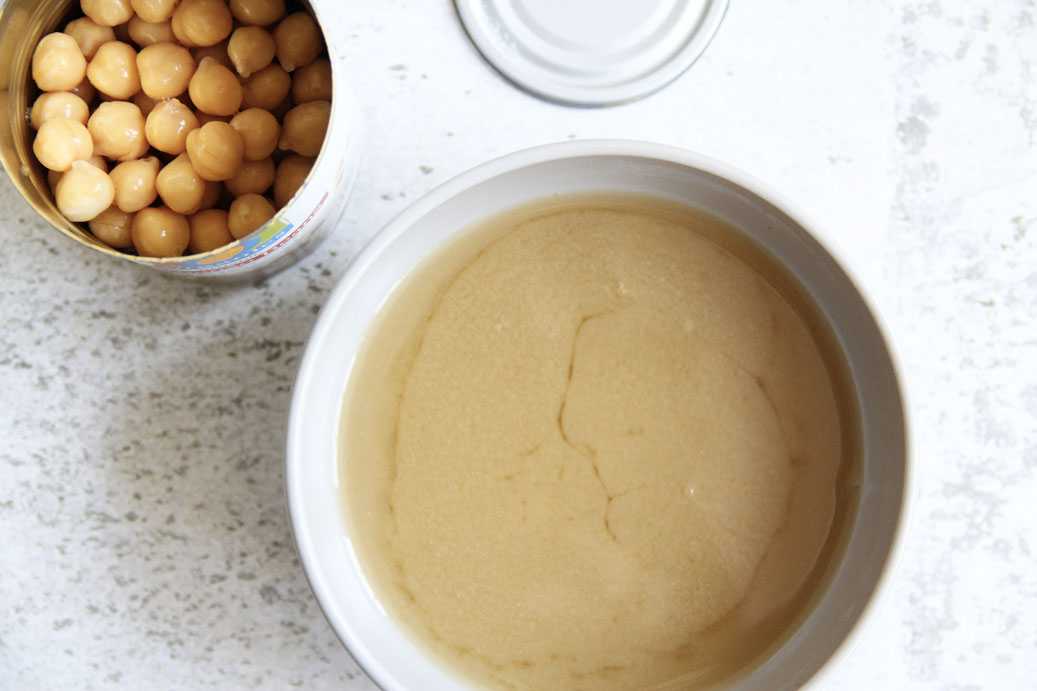
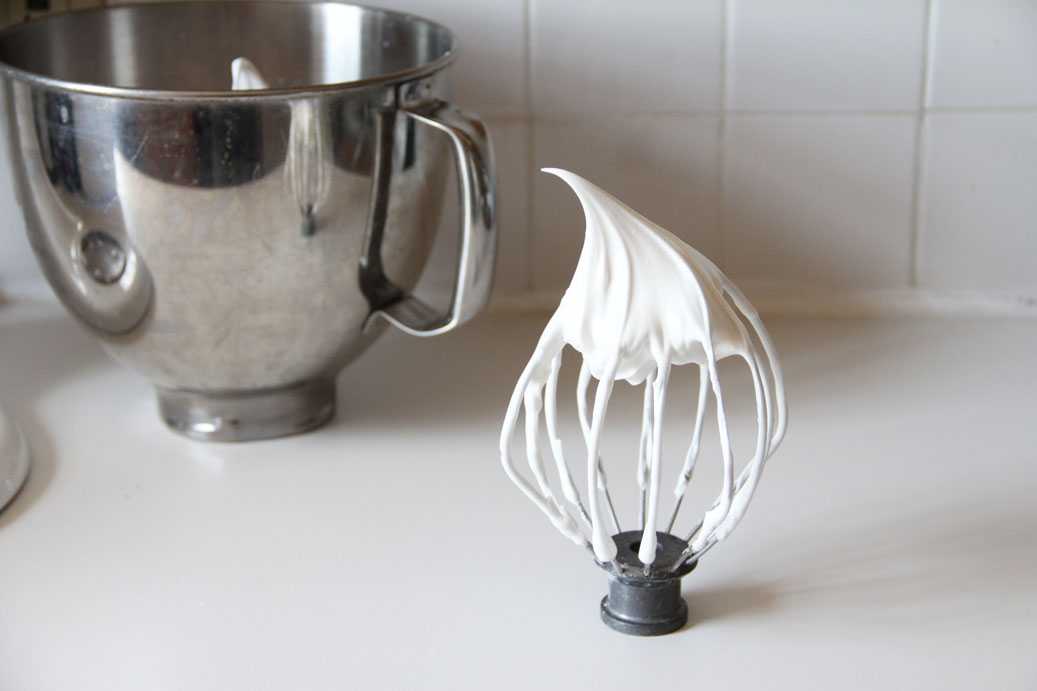
You just don't think it can happen, but it actually whips up. I mentioned this in my What is Aquafaba? post, but when you do want to whip aquafaba, especially to stiffer peaks, you want to boil down and reduce the liquid by about one-third and then cool it before you whip it. You end up with a thicker liquid from the get-go, which will ensure that it holds the air you beat into it better.
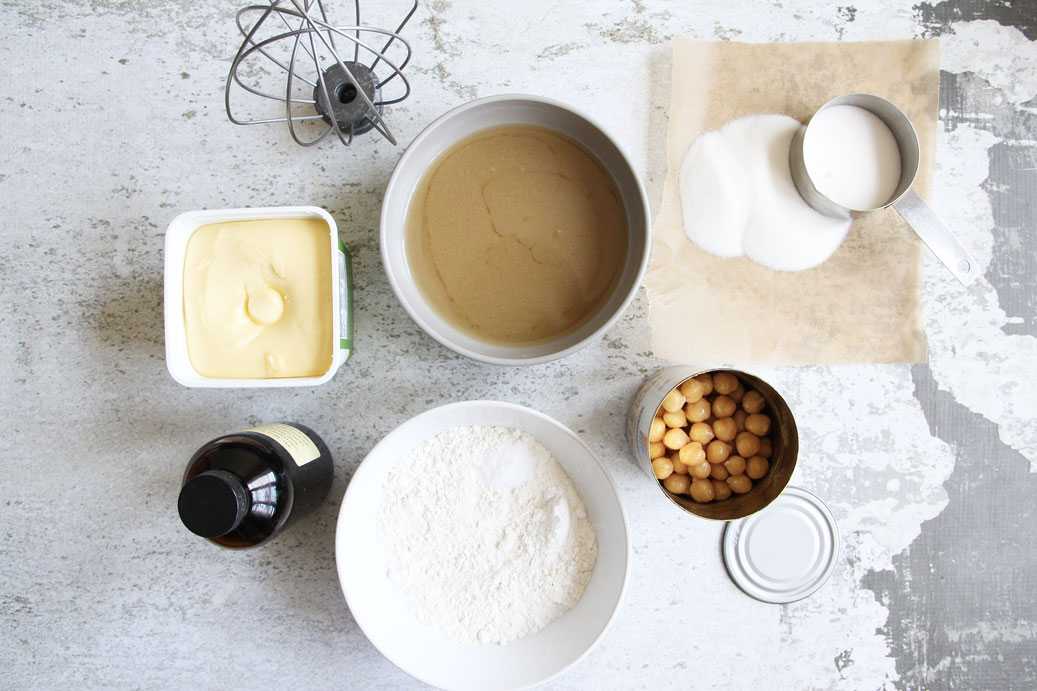
You'll see in the recipe that I used a combination of sugar and powdered sugar and the reason is because the starch in the powdered sugar helps to stabilize foam better. The aquafaba whipped up nice and stiff, although still not as stiff as egg whites, but everything was stable and airy and fluffy.
After beating the aquafaba, just treat the mixture as you would beaten egg whites. This means to be gentle and fold in ingredients so that the bubbles don't pop. This will ensure that your cake stays airy and light.
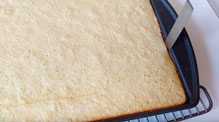
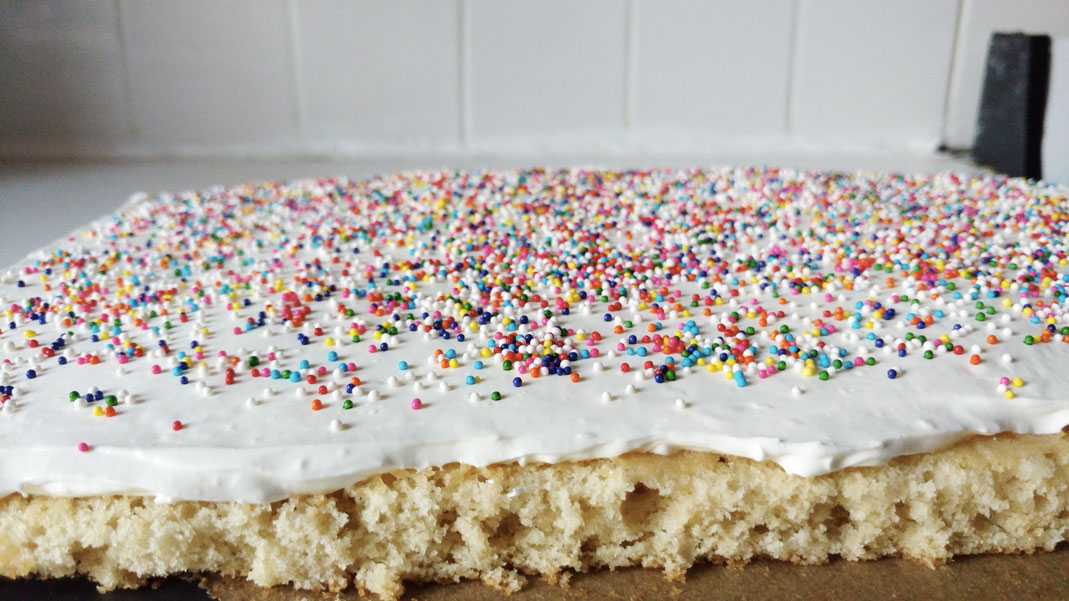
In terms of flavor and texture, I didn't notice much of a difference between the aquafaba cake and ones made with eggs. The flavor was spot on. Nothing tasted especially strange or beany. Texturally, I did notice that maybe the aquafaba cake had bigger holes in it, but it's not really noticeable when you eat it. In addition, the color of the aquafaba cake was a bit lighter than ones made with eggs, but once you put on the frosting, no one will know.
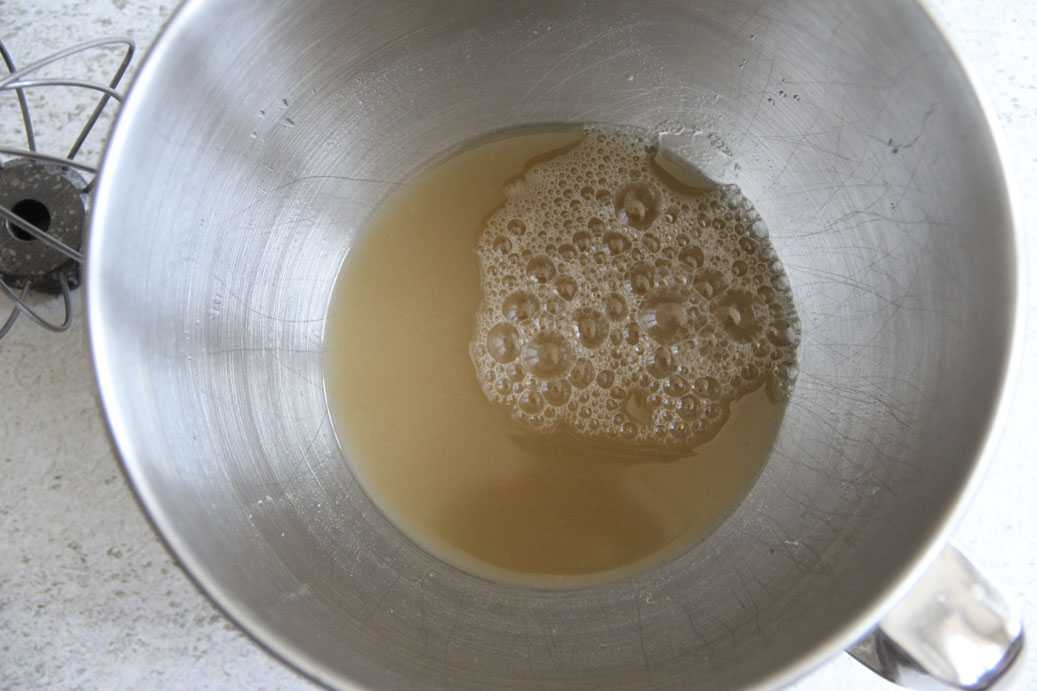
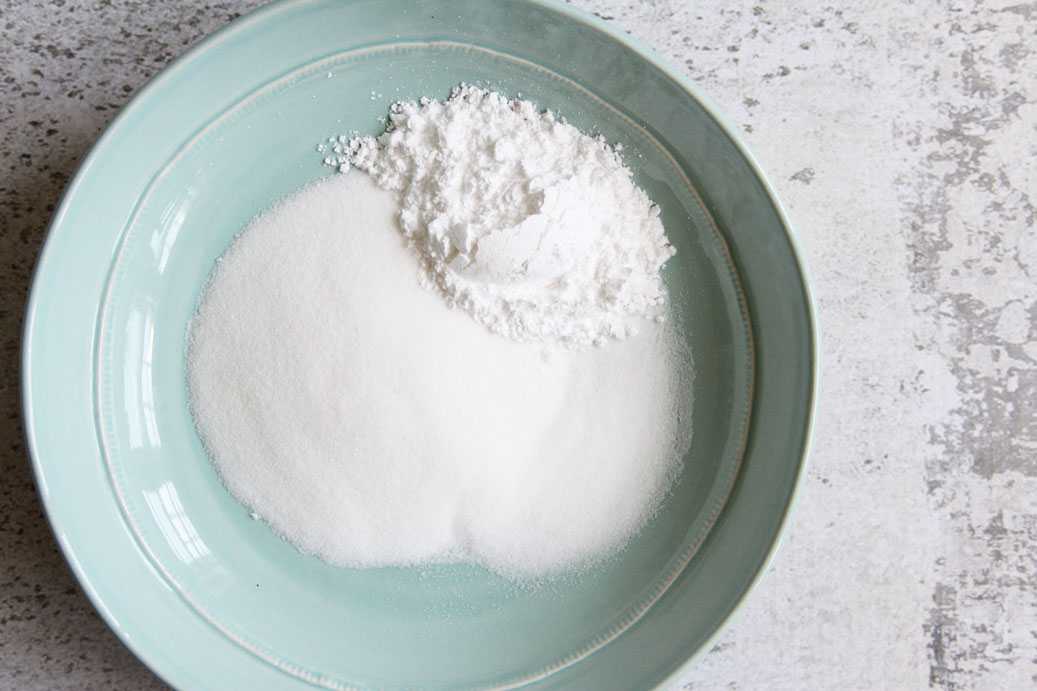
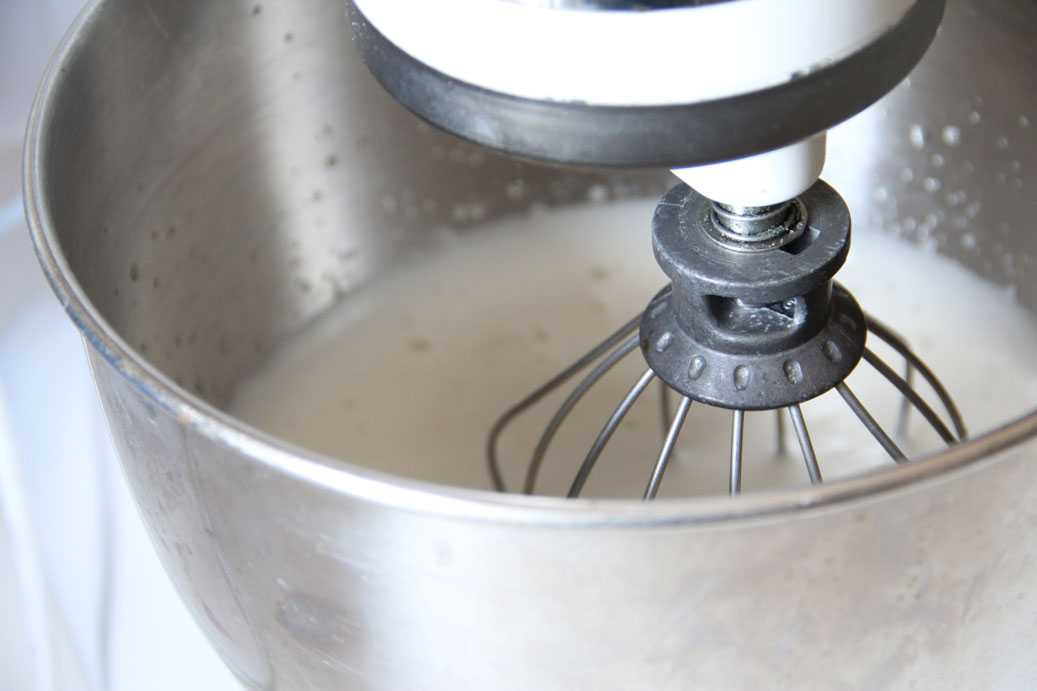
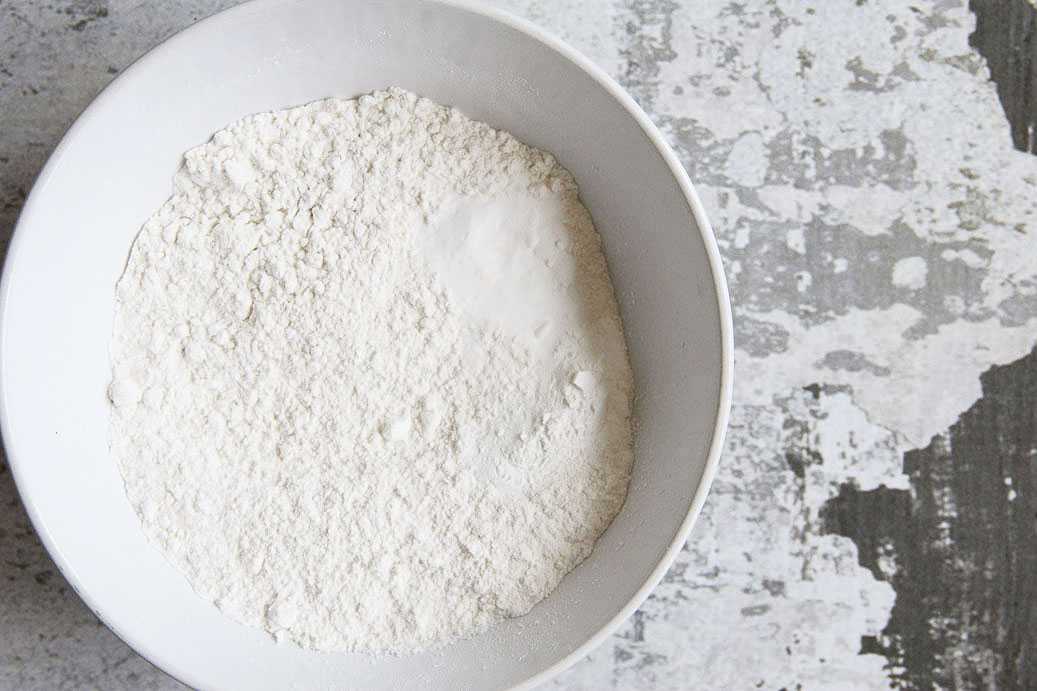
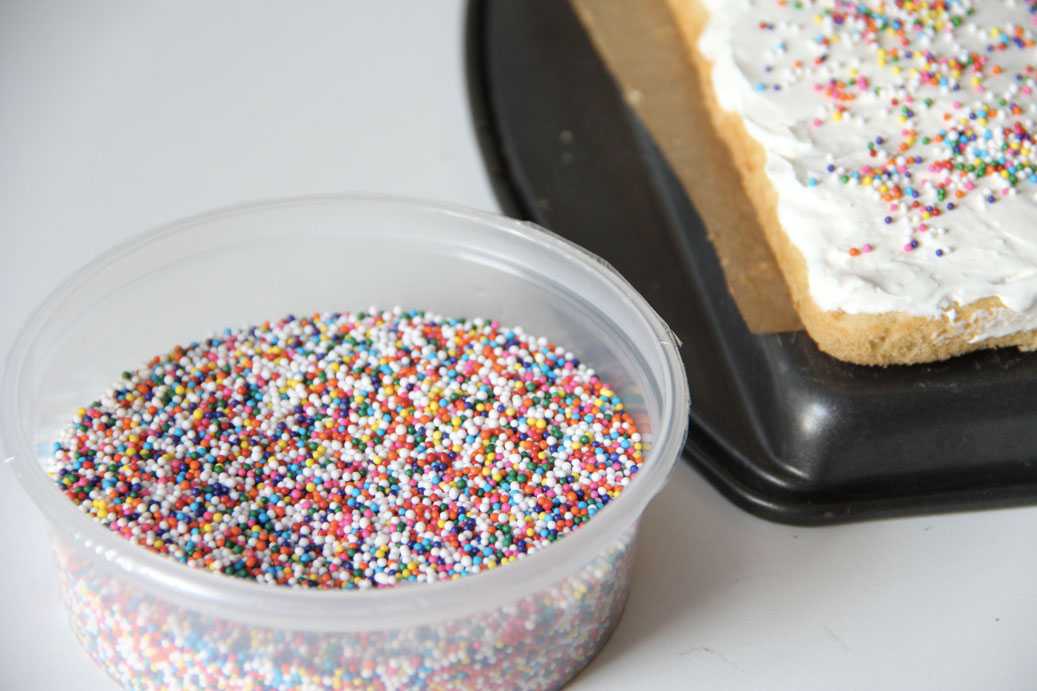
Look how pretty this looks!

Aquafaba Vanilla Sponge Cake
(12 servings)
- 1 cup aquafaba, reduced (about 2 to 2 1/2 cans)
- 1 tsp cream tartar
- 1/2 cup sugar
- 1/4 cup powdered sugar
- 2 tablespoons Earth Balance butter
- 1 teaspoon vanilla
- 1 1/2 cups flour
- 1 teaspoon baking powder
- 1/4 teaspoon baking soda
Directions
- Boil the aquafaba until it is reduced by a third. Set aside and let cool.
- Preheat oven to 350 degrees Fahrenheit.
- In a mixer fitted with a balloon whisk, beat aquafaba on high speed for about 4 minutes, or until soft peaks.
- With the mixer on low to medium, add in the sugar and powdered sugar. Turn the mixer back up to high for another 5 minutes, or until stiff peaks.
- With the mixer on low, add in the butter substitute and vanilla.
- Combine the flour, baking powder and baking soda. Gently fold this into the batter.
- Spread batter onto a baking sheet with parchment. Bake 18-20 minutes or until cake is lightly golden brown and springs back.
- Serve with frosting or additional toppings.